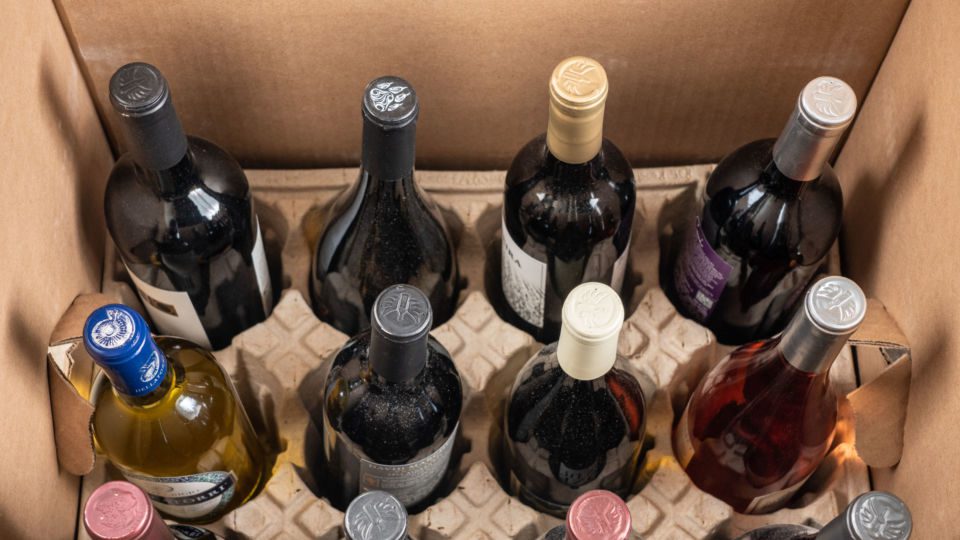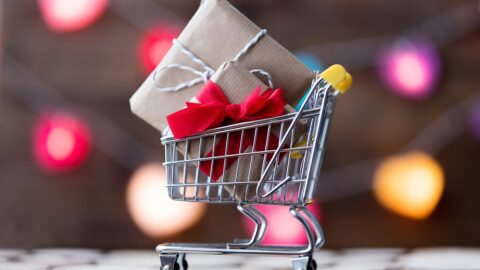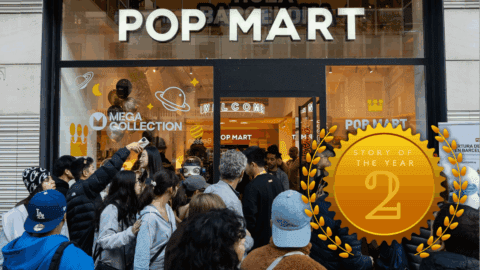
The e-Commerce alcohol market has seen a surge in growth as a result of COVID-19. In fact, alcohol was one of the fastest-growing categories in e-Commerce channels, according to Nielsen research: from the first week of March to June 27, 2020, online sales grew 309% over the same period year.
Vivino, an online wine marketplace and app, is capitalizing on this growth by doubling down on its user-driven ratings process and personalized tools and features. In April and May, sales grew significantly for the eTailer, resulting in 157% and 137% year-over-year (YoY) growth, respectively, according to Heini Zachariassen Founder and CEO of Vivino. “Even June 2020 outperformed June 2019 by 140%, alluding to a possible sustained increase in people buying online, even as their pre-COVID channels begin to reopen.”
But even before COVID, Vivino established a business built upon user data: 95% of its user growth has been organic, helping the company acquire more than 100X the users of the nearest competitor and 4X the number of app downloads of all major competitors combined, Zachariassen revealed in an interview with Retail TouchPoints. “We are increasingly focused on better user segmentation — putting the right wines in front of audiences that will resonate with them. No one can do this the way we can in the wine space. That’s our secret sauce. It’s all about the data we get from the community.”
Below, Zachariassen reflects on the evolution of the online wine market, how consumer needs and behaviors are changing, and how Vivino plans to maintain competitive momentum.
Retail TouchPoints (RTP): What areas of the customer experience do you believe makes Vivino stand out?
Zachariassen: According to Vivino’s proprietary research, 93% of wine buyers say they need help with their wine purchasing decisions. In 2010, when I founded Vivino, there was no easy way to pick out a good wine and I wanted to solve this using the opinions of wine drinkers — not individual critics. We started out building a wine database that invited users to take pictures of wine labels and rate them using a five-star system. We now have a community of 45 million people contributing wine ratings and tasting notes.
Some of the standout capabilities that drive our customer experience include:
- Scan Wine: Through our image recognition technology, shoppers can scan a bottle of wine and in seconds receive a ton of information about that bottle.
- Research Wine: Vivino’s search feature lets users search by rating, taste characteristics, wine type (red, white, sparkling, etc.), region, grape and even by food pairing.
- Buy Wine: We have been working hard to streamline the digital wine buying process by allowing users to buy wine right from the Vivino app or website in two easy clicks. We do this by connecting them to a network of 500-plus partner retailers.
RTP: How would you describe your current customer base in terms of demographics and psychographics?
Zachariassen: Vivino’s user base skews slightly male and slightly affluent but spans age ranges. While Vivino’s early adopters tended to be an older audience (Gen X and Boomer categories), the Millennial segmentation has been our fastest-growing user segment for several years in terms of app downloads. The older demographic spends more money across fewer purchases, primarily through our email program, while the younger demographic spends less across more transactions on the app. This is likely due to their openness to shopping in-app, curious nature and desire to try new things.
RTP: Has there been a shift or expansion in your customer base as a result of COVID-19?
Zachariassen: Throughout COVID (mid-March to present), we’ve seen a massive increase in new buyers coming to the platform as well as strong 30- and 60-day buyer retention rates. This means we are converting more of our users to buyers and they are repeat purchasers. We also noticed that average bottle price (usually around $28) started to trend downwards in May despite an overall increase in sales numbers, as people turned to Vivino to buy their lower-price-point, everyday wines. This tells us that consumers are getting used to buying their wine online and that we’re seeing an overall shift in behavior. In 2020, Vivino’s sales have shown massive year-over-year growth, growing 2X from March to June.
RTP: Did you implement any specific marketing and engagement tactics in order to drive awareness and conversions during this time?
Zachariassen: As consumers began to shelter at home and order food and beverages online more frequently, we expanded retargeting campaigns to remind our user base of Vivino’s buying value proposition. We also lowered our free shipping thresholds in all our markets around the world and launched an influencer campaign that focused on moments in the home, which was really successful in terms of boosting both organic and paid social engagement.
On the backend, we focused on onboarding new merchants to build up our supply to meet increased demand. We also increased our customer service resources to help users with order issues since there was a big slowdown in shipping speed.
RTP: The alcohol delivery market is clearly reaching a new point of adoption. Do you believe this will spark new trends, even innovations, in the category?
Zachariassen: I think it will result in people starting their wine search online and using platforms like Vivino to discover new wines. In 2019, online alcohol sales still had relatively low penetration of total beverage spending, meaning there is plenty of opportunity, and need, for the online alcohol e-Commerce market to mature and grow.
I also think players will invest more because there is an appetite among consumers for a few things: on-demand delivery, at-home delivery and customized recommendations. With Vivino, instead of a wine buyer walking into a store and guessing which wine is the best out of a limited selection, Vivino starts with the wine drinker. Vivino understands what the wine buyer likes in terms of taste profile, price point, varietal and occasion, and then looks at the world’s collection of wines to find the wines that best suit personal tastes. On top of all that, the marketplace means that we have a much stronger selection and the best prices.
RTP: How is Vivino attempting to capitalize on new behaviors and opportunities to bolster its loyal customer base?
Zachariassen:There are a few key things we’re focusing on to drive engagement, conversions and loyalty:
- User education and discovery: We show users wines that they haven’t necessarily tried before through merchandising, CRM and paid channels based on their taste profile. If we notice they prefer Malbecs, we show them Malbecs they haven’t tried yet, great value ones and similar styles they may not be aware of.
- Customization through unique taste profiles: Everyone has unique tastes. We are flipping the traditional wine buying experience on its head and using data to take these tastes into account based on user ratings, as well as what they like and dislike, to show them only wines they will enjoy.
- New features: We will soon introduce a “match percentage” feature, which we are really excited about. Instead of just using the Vivino Rating, each user will see a customized match percentage per wine that is unique to them.













